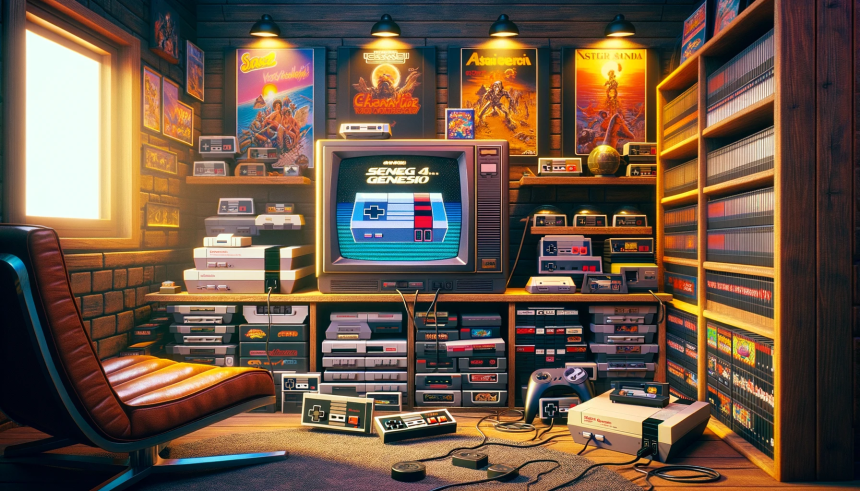During the latest Summer Game Fest, attention shifted from blockbuster releases to the rising influence of smaller studios, as highlighted by the celebration of Sandfall Interactive’s Clair Obscur: Expedition 33. The showcase underscored a narrative of indie accomplishments, driving further conversation about team sizes, recognition, and the reality of modern game development. Observers have raised questions about how media narratives can shape perceptions of creative authorship, investor expectations, workplace standards, and fair labor representation in the gaming industry, especially when contributors’ roles are simplified or omitted in public presentations.
Media coverage surrounding Clair Obscur: Expedition 33 initially portrayed the project as a feat achieved by a team of fewer than 30 developers. However, earlier reports and coverage from independent critics also hinted at wide-ranging international collaborations, though without emphasizing their importance. More recently, community discussions have grown around the practice of minimizing or misrepresenting the actual workforce involved, especially as credits now become easily accessible and scrutinized. These perspectives add further depth to current debates about creative transparency and recognition in a field reliant on both core teams and external contractors.
How Accurate Is the “Small Team” Narrative?
Detailed inspection of Clair Obscur: Expedition 33’s credits reveals a substantial mix of contributors. While Sandfall Interactive retained a core in-house team of roughly 30 people, the project depended heavily on specialized labor from various production partners. These included animation from a Korean team, QA support via QLOC of Poland, porting from Ebb Software, testing with Huwiz QA/UX, audio work by Side UK and Studio Anatole, and localization provided by Riotloc, in addition to musicians, voice performers, and other contractors. Altogether, dozens outside the main studio contributed to the game’s overall production.
What Role Do Partnerships and Contractors Play?
Performance quality in large-scale or complex video games often stems from the work of these external partners. QA testing, localization, and compatibility checks remain critical for ensuring successful, bug-free launches. When these functions receive little attention, their significance risks being overlooked, potentially denying contributors the recognition and fair treatment they deserve.
“Otherwise, that integral labor—in QA, in localization, in compatibility testing—is seen as disposable,”
some developers have remarked, noting the industry’s reliance on undervalued contractor labor.
Are Myths About Solo or Small Teams Harmful?
Publicly repeated claims of solo or small-team development simplify the collaborative nature of modern game creation. Titles like Balatro and Schedule 1, often cited as products of individual vision, actually list key roles performed by additional artists and musicians. Some developers have voiced concerns that perpetuating these narratives distorts reality and fuels what one creator called a “David vs. Goliath” trope that doesn’t reflect the teamwork involved. Such portrayals may negatively affect working conditions and resources for future projects, as backers could misjudge staffing requirements.
Discussions following Summer Game Fest have highlighted discomfort with the persistent myth of singular or micro-team achievement in games like Expedition 33, Balatro, and Acts of Blood. Industry members stress the risk that underplaying total team size could pressure publishers and investors to make decisions based on inaccurate assumptions, possibly resulting in reduced budgets and limited staffing across future projects. Recently, concerns regarding crediting practices have also intersected with broader issues, including pushback against exploitative labor practices and increased unionization in the sector.
Citing exact team sizes for new video game releases often overlooks the vast collaborative network of contractors, external specialists, and support services critical to modern production. Careful reading of in-game credits demonstrates how the division between core and peripheral contributors blurs in a globalized, interconnected industry. Under-representing contributors may threaten not only their well-being but also the sustainability of future creative endeavors. When evaluating news or industry narratives about production scale or “indie” achievements, it is valuable for readers and industry stakeholders to investigate how studios credit all involved to understand the full scope of work. Greater transparency and respect for every collaborator’s contribution will contribute to fairer perceptions, healthier working environments, and a more accurate representation of the creative process.










